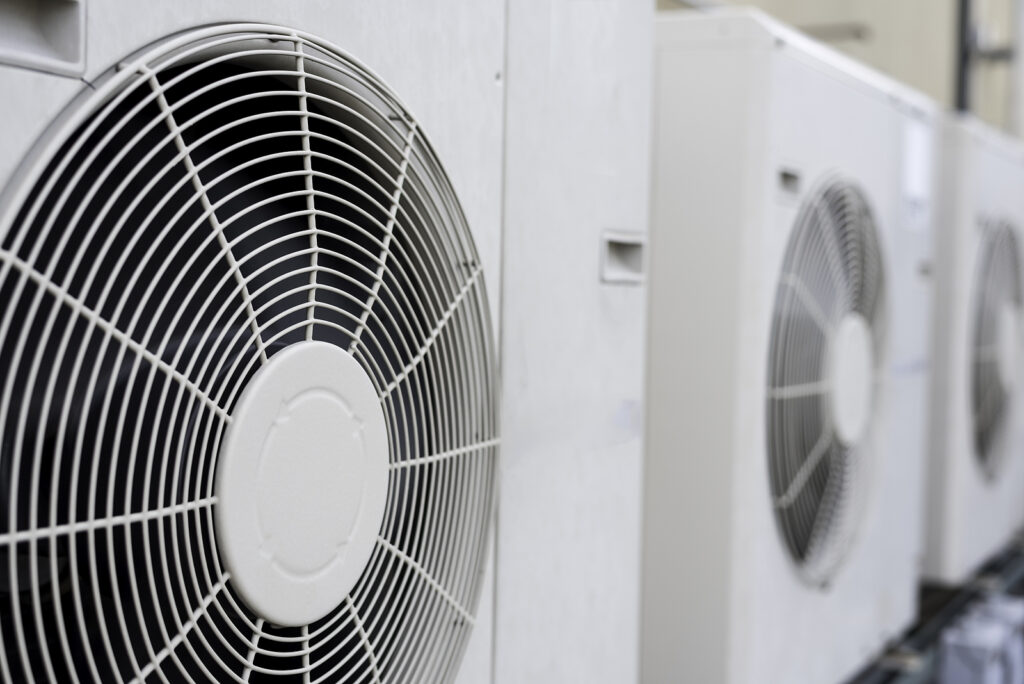Ductless Mini-Split vs. Traditional HVAC: Which is Right for Your Home?
Choosing the right heating and cooling system for your home is a significant decision that can impact your comfort, energy efficiency, and overall satisfaction. Two popular options are ductless mini-split systems and traditional HVAC (heating, ventilation, and air conditioning) systems. Understanding the differences between these systems can help you make an informed choice that meets your specific needs.

Traditional HVAC systems consist of a central unit connected to ductwork that distributes conditioned air throughout the home. These systems are typically found in older homes and offer both heating and cooling capabilities. Ductless mini-split systems, on the other hand, consist of an outdoor compressor unit connected to one or more indoor air handlers via refrigerant lines. These systems provide targeted heating and cooling to individual rooms or zones without the need for ductwork.
Here are some factors to consider when deciding between ductless mini-split and traditional HVAC systems:
Installation
Traditional HVAC systems require ductwork installation, which can be costly and time-consuming, especially in homes that do not already have ducts. Ductless mini-split systems offer easier installation since they do not require ductwork, making them ideal for retrofitting older homes or room additions.
Energy Efficiency
Ductless mini-split systems are highly energy-efficient, as they allow for precise temperature control in individual rooms or zones. With traditional HVAC systems, air ducts can lead to energy losses through leaks and poor insulation, reducing overall efficiency.
Flexibility and Zoning
Ductless mini-split systems offer greater flexibility and zoning capabilities compared to traditional HVAC systems. With mini-splits, you can customize heating and cooling settings for different areas of your home, optimizing comfort and energy usage.
Cost
While ductless mini-split systems may have higher upfront costs than traditional HVAC systems, they can provide long-term savings through improved energy efficiency and reduced utility bills. Additionally, the absence of ductwork installation costs can offset the initial investment for mini-splits.
The choice between ductless mini-split and traditional HVAC systems depends on factors such as installation requirements, energy efficiency goals, and budget considerations. Consulting with a qualified HVAC professional can help you assess your home’s specific needs and determine the best heating and cooling solution.
For expert advice and installation services in Stoneham, MA, and surrounding areas, contact Silco Plumbing, Heating, Air Conditioning & Drain Cleaning at 781-438-8925. Let us help you choose the right HVAC system for your home and enjoy year-round comfort and energy savings.

